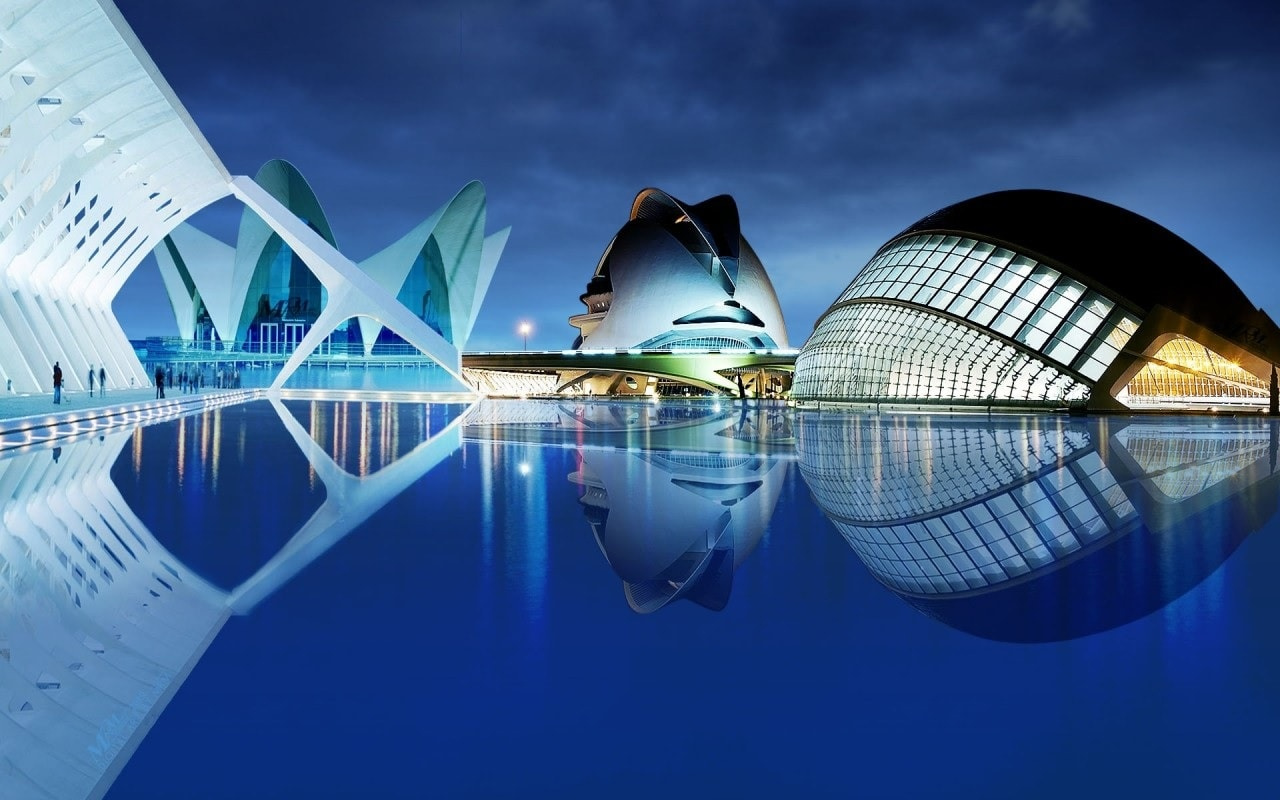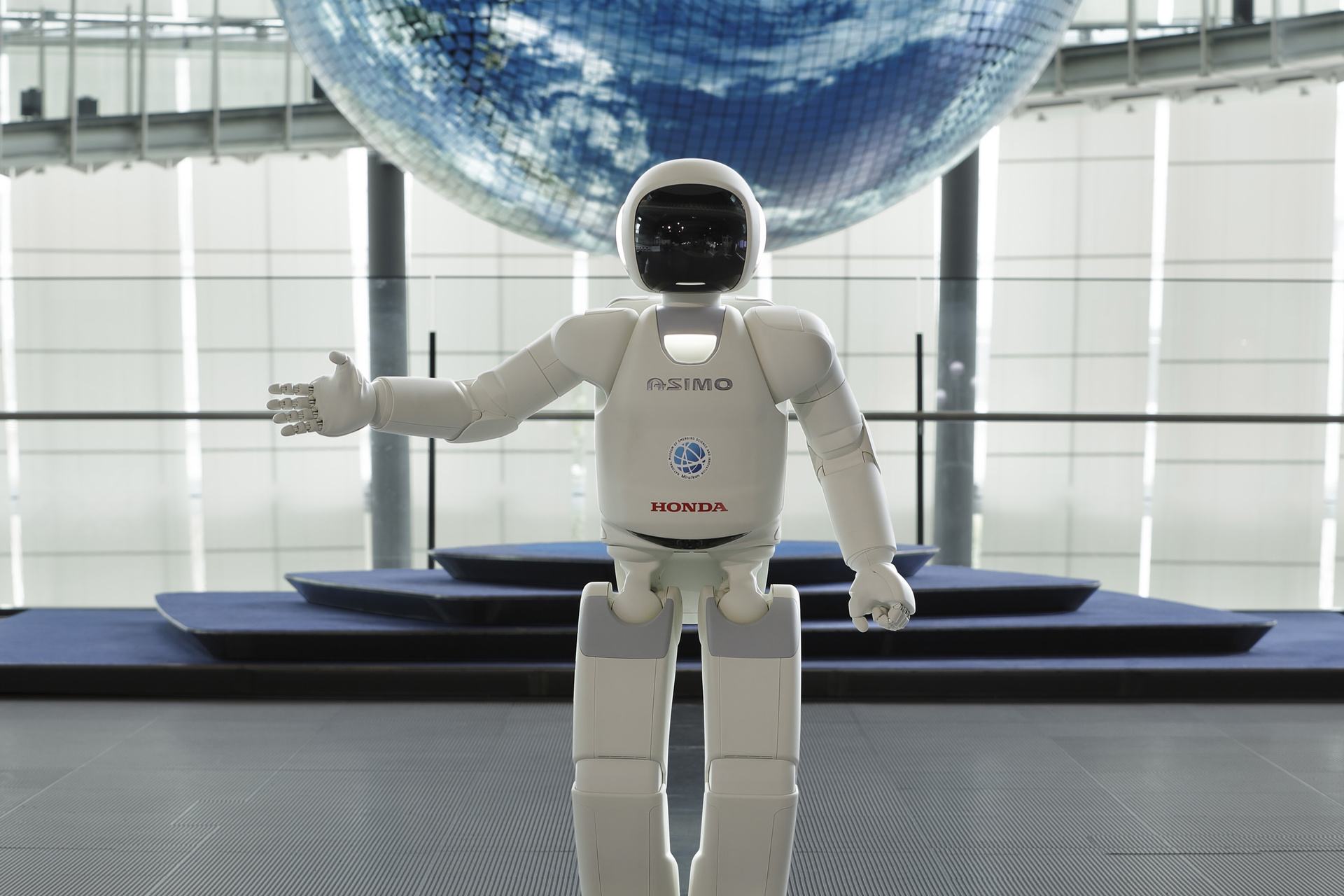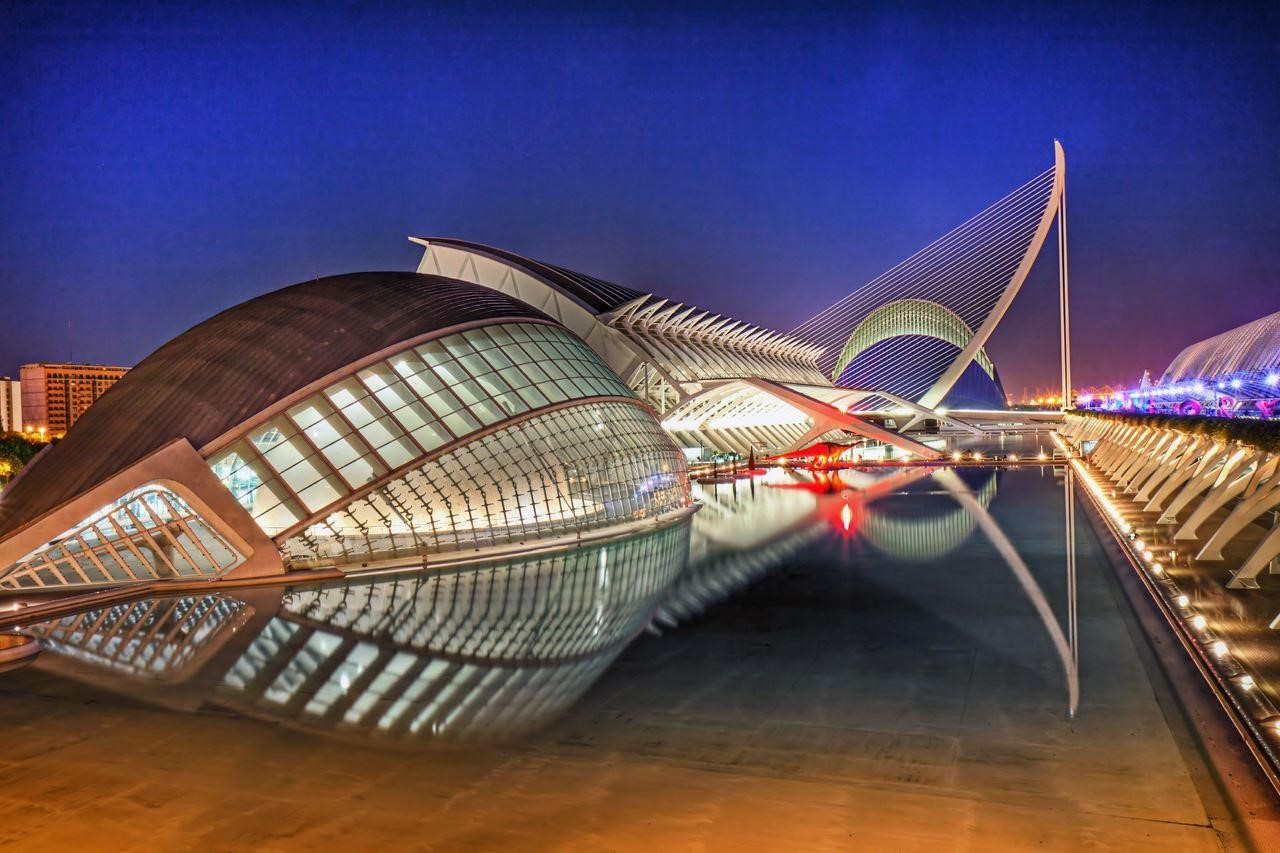Innovative museums of the world: “it is forbidden not to touch, think or feel!”

A source
On May 18th, International Museum Day is celebrated around the world. The holiday, which appeared in 1977 and is intended to fulfill the responsible mission of cultural exchange, enrichment of cultures, development of mutual understanding, cooperation and peace among people. Most often, we learn about it from the project “Night of Museums”, which takes place on the night from Saturday to Sunday, on the dates nearest to May 18th. But all over the world there is a diverse system of celebration: someone celebrates only on May 18, someone at the weekend, like us, and someone in general gives this process a whole week! But nowadays, the idea of a museum has changed a lot, thanks to the various technologies that are being introduced into museum expositions every day. Therefore, today we will talk about several innovative museums in the world that are worth visiting at least once in a lifetime.
Miraikan Museum (Japan, Tokyo)

The main hall of the Japanese National Museum of Science and Innovation. A source
The six-story Japanese National Museum of Science and Innovation is one of the main wealth of the nation. Translated from Japanese, it means "Museum of the Future", which contains all the advanced technologies of the country. In Miraikan, you can assemble a person in body parts, temporarily become an astronaut flying through near-earth orbit, listen to lectures by leading world scientists, and even make friends with robots.
')
One of them is Honda's Asimo android robot. The speed of his movement through the museum is 6 km / h, comparable to the speed of movement of an ordinary person. He can move up the stairs, play football and see everything that happens around and reacts very quickly to what is happening. He moves around the museum for a reason; he likes to talk with visitors in real time, recognizing the speech of several people.

A source
Everything is interactive in the museum. All exhibits can be touched and viewed from various angles. Near each exhibit you can find a monitor, which displays any information of interest to the visitor. A very large exhibition devoted to space themes. On the first floor is the first of its kind model of the Earth from orbit - “Geo-space”, consisting entirely of liquid crystal displays. It was created at the initiative of the head of the museum - one of the first Japanese cosmonauts Mamoru Mori . He wanted to share the beauty of the glittering Earth with people visible from space. On the second floor, you can find laboratories, conduct various experiments on them, or even visit the site of eyewitnesses to natural disasters.
Beijing Science and Technology Museum (China)
A source
The Museum of Science and Technology of Beijing was created to enhance the cultural and scientific potential of the whole nation and educate young people. Therefore, there are many interactive exhibitions that can not only deepen basic scientific knowledge, but also instill a scientific approach to everyday life. The museum consists of three pavilions. Central made in the form of a spiral, meaning infinity development of science. In total, the museum has more than 500 exhibits telling about the achievements of China in science and its role in the global community.
Each section of the museum is responsible for a separate area: high technology, industry, transport, aviation, biology, fundamental discoveries, energy, etc. But the most popular among visitors was the section of inventions from the times of ancient China.
One of the most popular entertainment of the museum is the 4D cinema. In it, visitors can experience such special effects as rain, fog, wind, snow, lightning, and even taste. This hall combines tactile, auditory visuals and sensations, as well as the sense of smell. It is important to note that it is in this museum that there is a cinema with the largest screen in the world, in which 700 people can fit.
London Science Museum (UK)

A source
The paradox of this museum is that it is one of the oldest museums in the world and at the same time one of the most high-tech museums. 53 permanent exhibitions of the museum will help to plunge into the history of the development of science and technology in chronological order: from the first industrial revolution to modern nanotechnology. The exposition of the museum is considered unique and consists of 300 thousand exhibits. Here you can find the “difference car” by Charles Babbage, the prototype of the computer of 1849. Nearby you can come across the oldest surviving steam locomotive - "Puffing Billy." And if you go a little further, you can see the Apollo 10 capsule, in which Eugene Cernan, Thomas Stafford and John Young circled the moon in 1969.
The first thing a visitor sees is the central hall, where you can see the Corliss steam engine in working condition. From it you can see about 60 glass themed galleries. The museum consists of five floors. At the top you can see the aircraft of all eras. All exhibits can be touched by hand, interacting with them. And children like it a lot.
City of Arts and Sciences (Spain, Valencia)

A source
The project is an outstanding example of modern architecture and the intellectual pearl of Europe. The futuristic city consists of six main elements:
- Hemisferic hemisphere. It houses the halls of documentary films and digital projection,
- Greenhouse "Umbracle" (landscape arbor and underground parking),
- The Prince Felipe Museum of Science "Museo de las Ciencias Principe Felipe" is an innovative interactive science center,
- The Oceanorafico Aquarium is the largest saltwater aquarium in Europe with over 500 marine species,
- "Palau de les Arts Reina Sofía" - Opera House,
- The Ágora complex, where tennis matches and concerts are held.
This city can offer visitors a lot of entertainment: visiting the “theater of electricity”, testing weightlessness, walking through the “forest of chromosomes” and the Alley of Scientists (like the Walk of Fame, only for scientists).
MoMA (USA, New York)

A source
Innovations are not always presented only in scientific museums, for high-tech art is to go to the New York Museum of Modern Art. And I understand why. Here are regularly presented installations using various modern technologies. They are replaced so quickly that it is difficult to track. One of the most exciting exhibitions of this type was the project Rain Room. If you look at the photo, it is not entirely clear what the complexity and adaptability of the exhibition. But the answer is quite simple - you can't get wet under this rain! Human movements control the water jets.

A source
Deutsches Museum (Germany, Munich)

A source
The largest museum of natural science and technology in Europe and the world is located in Munich. It houses the Center for New Technologies, where you can see several progressive exhibits and laboratories. Here you can find a lot of different techniques: ships, submarines, airplanes, cars, moon rover, and you can even touch them. No layouts, all present!
On the top floor there is a pavilion of space. And at the very bottom are fragments of various mines and a small brick factory. One room is dedicated to the atomic reactor. Visitors can see panoramic views of “nano-space” in the exposition of nano- and biotechnology, and in the DNA laboratory it will provide an opportunity to participate in experiments in the field of genetics and genetic engineering. All these laboratories are located in the UFO model located above the exhibition hall. And if you want to take courses in robotics or astronomy, then they can do it in the laboratory of the Technical University of Munich.
Newseum (USA, Washington)

A source
Media lovers dedicated ... An extraordinary museum of news journalism is located in Washington. On the wall of one of the galleries you can see the front pages of newspapers from around the world, but sometimes they appear on the building of the museum itself. In the museum you can find everything related to journalism. In the newsroom, visitors can take a microphone, stand in front of the camera and read the text of the news. On the “Hot Stool” you can feel the magic of the deadline and pass a proficiency test. The interactive kiosks of the Ethics Center offer visitors to answer everyday questions for professional journalists, but they should be answered correctly.
Instead of conclusion: Bible Museum (USA, Washington)

A source
So far it is difficult to imagine such a thing, but religion and technology will gather in one place to create a unique technological Museum of the Bible! It will open at the end of 2017 and its area will be 40,000 square meters and it will house biblical expositions and 12 interactive platforms, 384 monitors, 93 projectors and 83 interactive elements. To get around this museum completely, visitors will have to walk on it for a week.
Source: https://habr.com/ru/post/403987/
All Articles